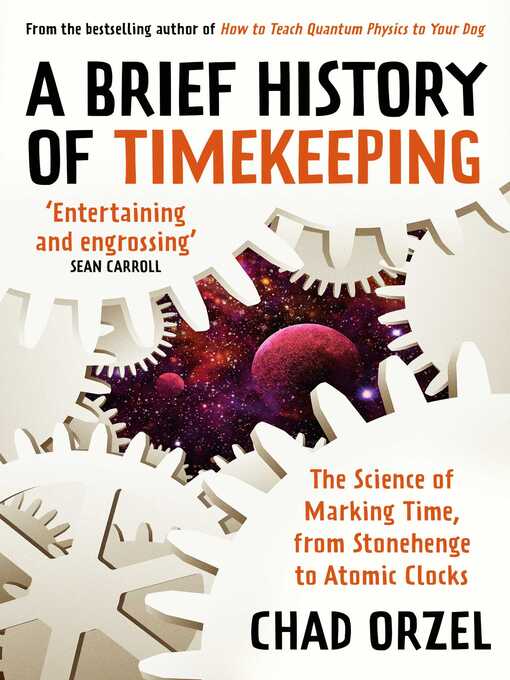-
Kuvaus
-
Yksityiskohdat
Press the snooze button on your alarm once too often and you soon remember the importance of good timekeeping. That need to tell the time connects you to over five thousand years of human history, from the first solstice markers at Newgrange to quartz crystal oscillating in your watch today. Science underpins time: measuring the movement of Sun, Earth and Moon, and unlocking the mysteries of quantum mechanics and relativity theory – the key to ultra-precise atomic clocks.
Yet time is also socially decided: the Gregorian calendar we use today came out of fraught politics, while the ancient Maya used sophisticated astronomical observations to produce a calendar system unlike any other. In his quirky and accessible style, Chad Orzel reveals the wondrous physics that makes time something we can set, measure and know.

OverDrive Read
- ISBN: 9780861543212
- Julkaisupäivä: 3. helmikuuta 2022
EPUB-e-kirja
- ISBN: 9780861543212
- Tiedostokoko: 7399 KB
- Julkaisupäivä: 3. helmikuuta 2022
